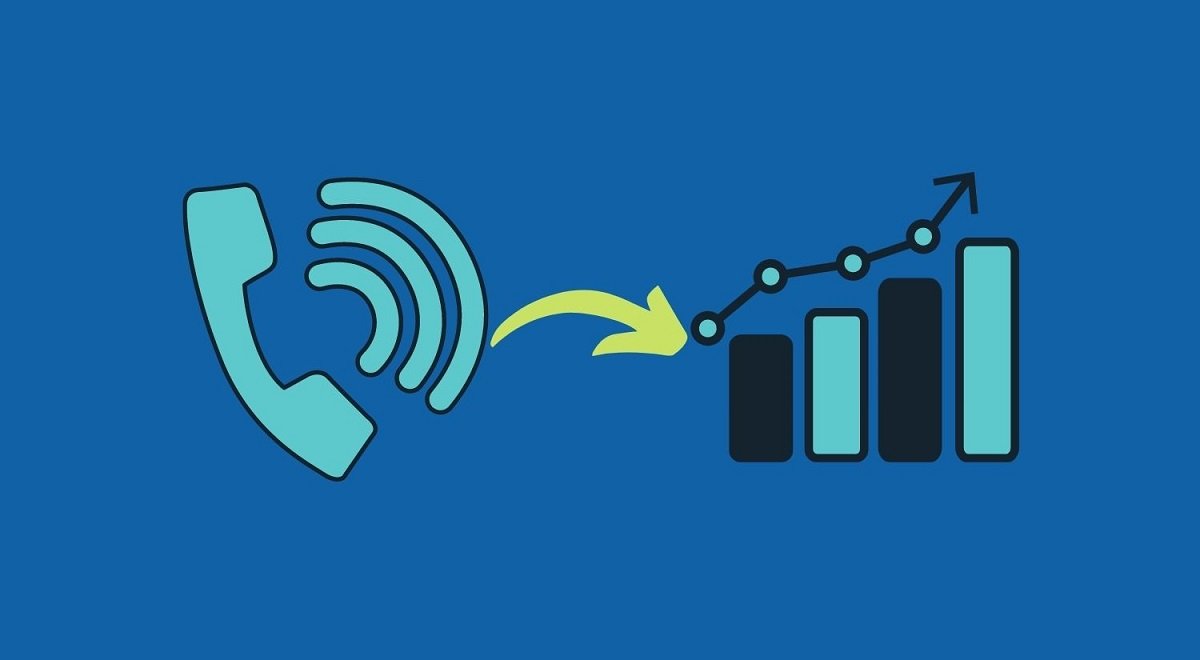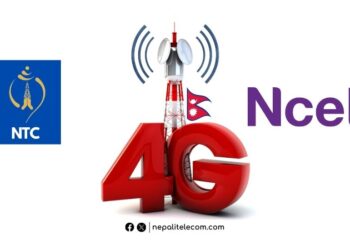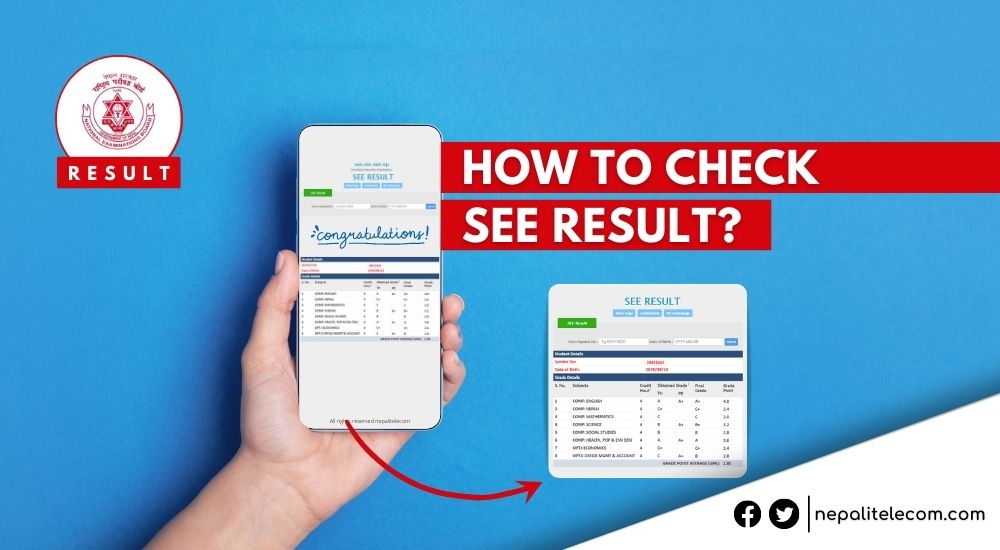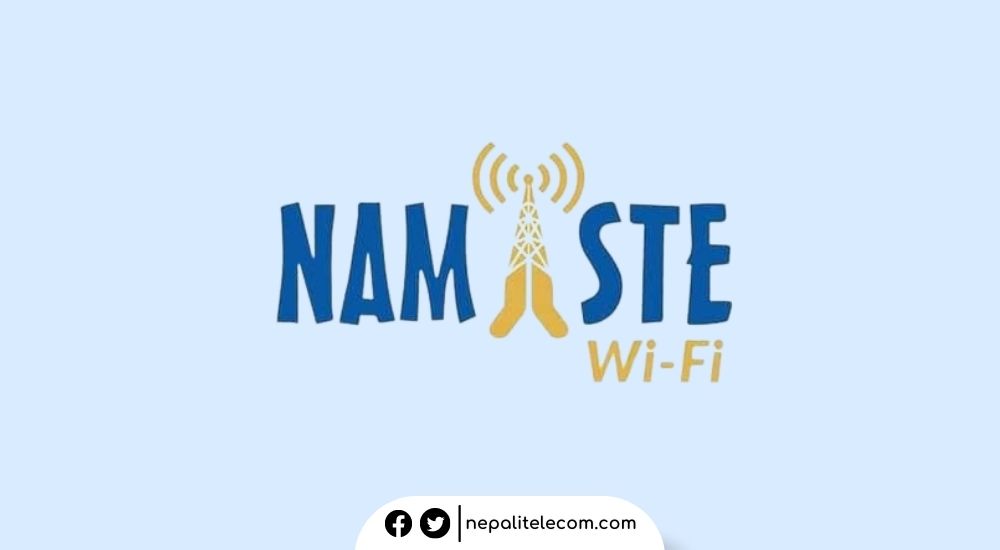The latest data by the National Statistics Department shows that the contribution of the telecom sector to Nepal’s economy has been 1.5 percent. A recent interaction program organized by the Society of Economic Journalists (SEJON) discussed the contribution of the telecom sector to the economy.
After the COVID-19 outbreak, the usage of telecommunication services increased exponentially. Digitalization expanded to a great extent following the lockdown period.
People started working from home using the internet service. Similarly, students continued their studies via virtual class. To support the consumers, the IT sector came up with full connectivity and several apps. As a result, the contribution of the telecom sector to the economy summed up to 1.5 percent.
Check out: Internet usage increased with the lockdown
Telecom Sector Contribution Statistics
According to the statistics, the contribution of the telecom sector to the economy has been more than Rs. 51 billion in the last fiscal year alone. Out of 2.22 percent total contribution of the IT sector, telecom sector supply 1.5 percent.
Min Prasad Aryal, Director of Nepal Telecommunication Authority (NTA), said that the telecom sector could contribute up to two to three percent to the economy. He said that the major telecom service providers have paid more than Rs. 28.42 billion to the government for telecommunication service charges, VAT, and other taxes in the previous fiscal year.
Bishnu Poudel, the Finance Minister, pointed out that to find out the total contribution, a systematic and factual study should be conducted. Similarly, the authorities should discuss with the government about the taxes, budget and framework.
Check out: Nepal ranks among the top with highest telecom tax
High Taxes for service providers
Sudhir Parajuli, the president of the Internet Service Providers Association of Nepal (ISPAN), claimed that service providers need to pay taxes under various titles. He said that even though service providers have to pay tax up to 46 percent of their total income, Nepal’s internet is relatively cheap.
Service providers should pay 13 percent TDS (excluding maintenance fee), 10 percent TDS on bandwidth charges, 4 percent royalty income, and 2 percent income from the Rural Telecommunication Development Fund (RTDF). Also, 15 percent tax for importing optical fiber cable and 5 percent tax for importing equipment, including routers. The service providers have been complaining that they have to pay high tax for internet service. Stating that the price of the internet has gone up, they have been urging to reduce the tax rate.
On the other hand, Nepal lies somewhere at the top of the list of countries that provide the cheapest internet. According to a study by The International Telecommunication Union (ITU) in 2020, Nepal provides the cheapest internet in the world in terms of price. So, though the tax on the internet is high, it is relatively cheap in Nepal.
India’s telecom contribution is greater than Nepal’s
According to Dilli Adhikari, managing director of Nepal Telecom, telecom alone has contributed more than Rs. 35 billion to the government in the last fiscal year. Also, the government concessions should be decided on the basis of the contribution made by telecom service providers. Pushpalal Kandel, the vice-chairman of the National Planning Commission, said that the information technology sector should be promoted as the future of the economy.
While the overall GDP of the Fiscal Year 2076/77 was negative at 1.88 percent. In the previous fiscal year, the GDP growth rate was 6.66 percent while the growth rate of the information and communication sector was 7.05 percent. In this regard, the information and communication sector has contributed a total of Rs. 77.16 billion to the GDP. Statistics show that the IT sector contributed 2.22 percent to Nepal’s GDP last fiscal year.
In our neighboring country India, the telecom sector has a contribution to GDP of around 8.2% by 2020. It is much higher compared to the growth rate in Nepal, which is just 2.3%. The COVID-19 crisis opened doors for the telecom sector in India to move forward at a fast pace. Applications like telemedicine, e-education, drone surveillance are expected to witness an increase in consumption. Similarly, new technologies like 5G and IoT will take more significant roles in the near future, thus aiding the new normal.
What are your thoughts on the contribution of the telecom sector to the economy? Tell us in the comment section below.













